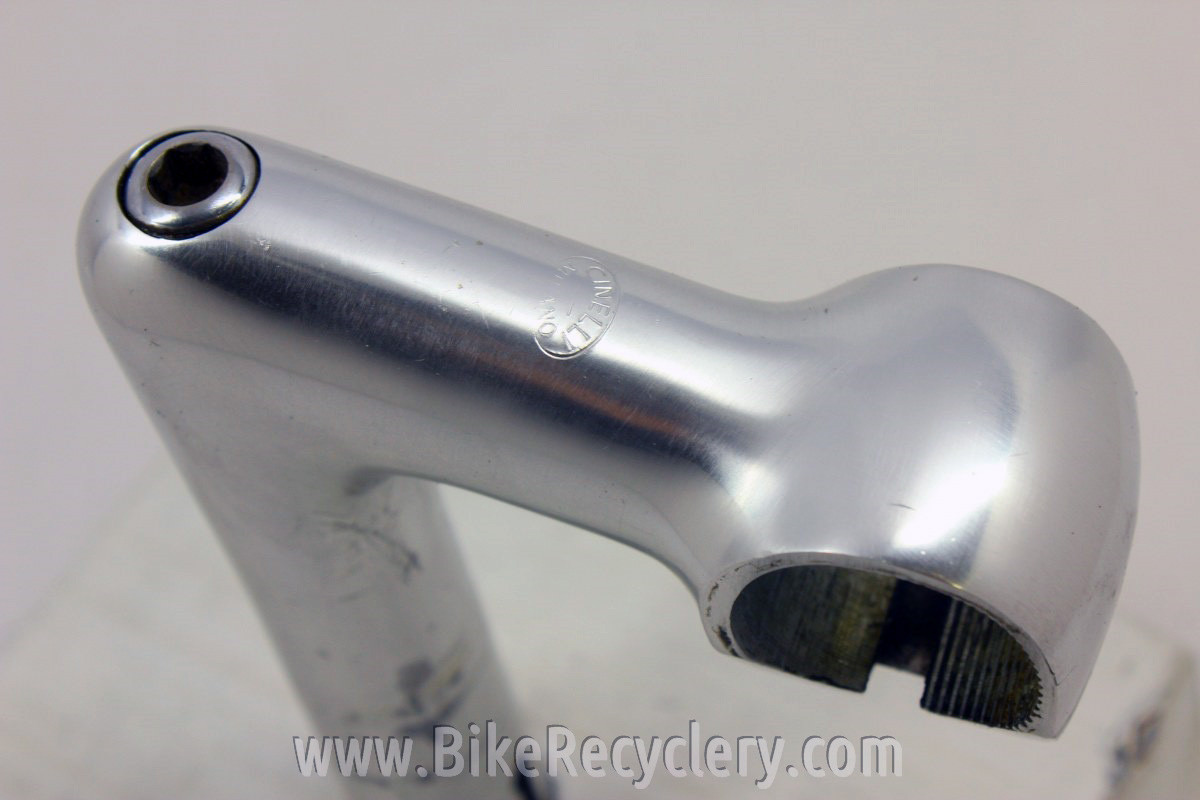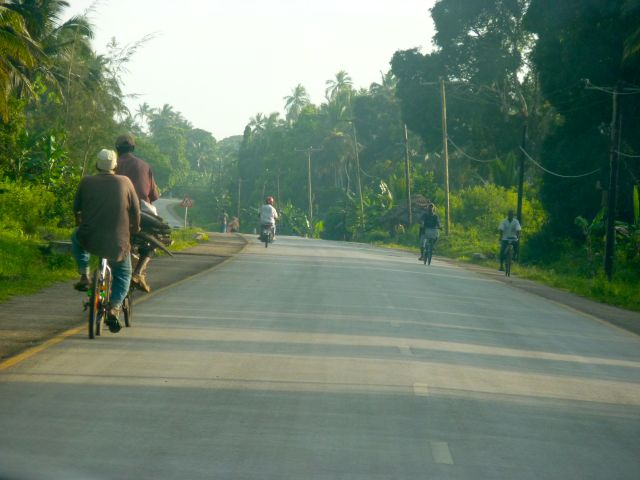If you had any doubts that I spent much of my youth reading the wrong kinds of books, I will dispel them now.
Horatio Alger is one of those writers who, it seems, everyone has heard of but no one (at least no one living today) has read. Although "Horatio Alger story" has become, justifiably, a synonym for "rags-to-riches tale", some of his works are interesting, if not for the quality of the writing, then for the window it offers into the customs and mores of his time.
For example, the phrase "Will it play in Peoria?" had its origin in Five Hundred Dollars, or, Jacob Marlowe's Secret, Alger's 1890 novel. In it, a group of actors on tour say, "We shall be playing in Peoria" and "We shall play at Peoria." This meant they were going to play, not only in the north-central Illinois city, but in front of a prototypical American audience.
Alger's novel came out just as vaudeville was becoming popular in the US. Travelling vaudevillians appropriated Alger's phrase and, when they used it, meant that they were on the road to success--which, in turn, gave rise to the phrase "Will it play in Peoria?"
Does this mean that Peoria audiences are really tough? Or does it mean that because it's so representative of "middle America" (whatever that means today) that if it can "play in Peoria", it can play anywhere?
I would tend to believe the latter--or, at least, that it would have been the case in Alger's and the vaudevillians' time. And vaudevillians weren't the only ones who could gauge their chances of success by how they "played in Peoria."
Lake View Park--now the site of the Komatsu plant--was once an important, if not the major, stop on the American bicycle racing circuit. Its half-mile track made and broke cycling careers in the 1890s, the heyday of American bike racing.
One of the folks who became a star in Lake View did so by defeating Tom Butler. Although only cycling historians know his name today, the rider who defeated him has not been forgotten, for a variety of reasons.
That cyclist "put up a lot of numbers that would be hard to achieve today on a modern bike," according to Tim Beeney. The Bike Peoria board member and longtime advocate added that this cyclist was "one of the highest-paid in the world at the time he competed." And, like the ambitious vaudevillians of history as well as Alger's novel, this cyclist found fame throughout America, and the world, after his exploits in Peoria.
The cyclist in question is none other than Marshall "Major" Taylor. The only athletes I've seen in my lifetime who may have dominated their sports in their time to the degree that Taylor did in his were Eddy Mercx, Martina Navratilova, Wayne Gretzky, Michael Jordan and Serena Williams.
One thing that makes Taylor's accomplishments all the more impressive is the obstacles he faced. Sometimes he would come to an American city and not be allowed to eat in a restaurant, stay in a hotel--or even to compete in the race that was the reason for his coming to that city! He faced hostility, not only from spectators, but also from fellow racers, who believed that he should not be allowed to compete in--let alone dominate--"their" sport. He wasn't even allowed to join the League of American Wheelmen!
(I think now of the hate mail and even death threats Henry Aaron received in the 1970s when he was in pursuit of Babe Ruth's career home run record. He still gets them. I also recall how, when Mark McGwire and Sammy Sosa were on track to break the single-season home run record, many people wanted McGwire to finish with the new record.)
More than a century after his victories--and 85 years after his death--it seems that Major Taylor is getting some renewed recognition. This past Saturday, Peoria-area bicycle clubs paid homage to him 140 years after his birth. And, earlier this year, cognac maker Hennessy had a TV ad featuring Major.
That ad campaign makes perfect sense when you realize that he was most revered in France, where he went to race in the early 1900s--after he played in Peoria.
And, I suppose you could say he was a sort of Horatio Alger story in that he grew up poor but became very wealthy from his cycling. Unfortunately, his story didn't have a Horatio Alger ending: After a series of bad business investments, he died penniless.
Still, though, he played--and made it, at least for a time--in Peoria, and the world.
Horatio Alger is one of those writers who, it seems, everyone has heard of but no one (at least no one living today) has read. Although "Horatio Alger story" has become, justifiably, a synonym for "rags-to-riches tale", some of his works are interesting, if not for the quality of the writing, then for the window it offers into the customs and mores of his time.
For example, the phrase "Will it play in Peoria?" had its origin in Five Hundred Dollars, or, Jacob Marlowe's Secret, Alger's 1890 novel. In it, a group of actors on tour say, "We shall be playing in Peoria" and "We shall play at Peoria." This meant they were going to play, not only in the north-central Illinois city, but in front of a prototypical American audience.
Alger's novel came out just as vaudeville was becoming popular in the US. Travelling vaudevillians appropriated Alger's phrase and, when they used it, meant that they were on the road to success--which, in turn, gave rise to the phrase "Will it play in Peoria?"
Does this mean that Peoria audiences are really tough? Or does it mean that because it's so representative of "middle America" (whatever that means today) that if it can "play in Peoria", it can play anywhere?
I would tend to believe the latter--or, at least, that it would have been the case in Alger's and the vaudevillians' time. And vaudevillians weren't the only ones who could gauge their chances of success by how they "played in Peoria."
Lake View Park--now the site of the Komatsu plant--was once an important, if not the major, stop on the American bicycle racing circuit. Its half-mile track made and broke cycling careers in the 1890s, the heyday of American bike racing.
One of the folks who became a star in Lake View did so by defeating Tom Butler. Although only cycling historians know his name today, the rider who defeated him has not been forgotten, for a variety of reasons.
That cyclist "put up a lot of numbers that would be hard to achieve today on a modern bike," according to Tim Beeney. The Bike Peoria board member and longtime advocate added that this cyclist was "one of the highest-paid in the world at the time he competed." And, like the ambitious vaudevillians of history as well as Alger's novel, this cyclist found fame throughout America, and the world, after his exploits in Peoria.
The cyclist in question is none other than Marshall "Major" Taylor. The only athletes I've seen in my lifetime who may have dominated their sports in their time to the degree that Taylor did in his were Eddy Mercx, Martina Navratilova, Wayne Gretzky, Michael Jordan and Serena Williams.
One thing that makes Taylor's accomplishments all the more impressive is the obstacles he faced. Sometimes he would come to an American city and not be allowed to eat in a restaurant, stay in a hotel--or even to compete in the race that was the reason for his coming to that city! He faced hostility, not only from spectators, but also from fellow racers, who believed that he should not be allowed to compete in--let alone dominate--"their" sport. He wasn't even allowed to join the League of American Wheelmen!
(I think now of the hate mail and even death threats Henry Aaron received in the 1970s when he was in pursuit of Babe Ruth's career home run record. He still gets them. I also recall how, when Mark McGwire and Sammy Sosa were on track to break the single-season home run record, many people wanted McGwire to finish with the new record.)
More than a century after his victories--and 85 years after his death--it seems that Major Taylor is getting some renewed recognition. This past Saturday, Peoria-area bicycle clubs paid homage to him 140 years after his birth. And, earlier this year, cognac maker Hennessy had a TV ad featuring Major.
That ad campaign makes perfect sense when you realize that he was most revered in France, where he went to race in the early 1900s--after he played in Peoria.
And, I suppose you could say he was a sort of Horatio Alger story in that he grew up poor but became very wealthy from his cycling. Unfortunately, his story didn't have a Horatio Alger ending: After a series of bad business investments, he died penniless.
Still, though, he played--and made it, at least for a time--in Peoria, and the world.





















































